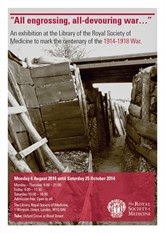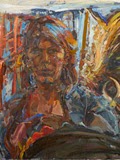I just managed to do two properties this year during Open House weekend. On the Saturday I went to the Thames River Police at Wapping. I pass this each morning on the river and was intrigued to look inside. Only one room was open but that housed the quaint river police museum. This was a bit of a jumble of objects with uniforms, badges, photos and more. The gentleman who curated it was there telling his story and you could tell the museum was a real labour of love,. On Sunday I popped down the road to see Charlton House , a wonderful Jacobean House now occupied by Greenwich Council. It was a shame that a lot of it was closed and it might have been nice if the hand out was a bit clearer about that however most of the upper floor was open and it had wonderful grand, fashionable Jacobean fire places. The house had been built by the tutor of James I son Prince Henry who died, so it was the height of Jacobean intellectual taste.

























